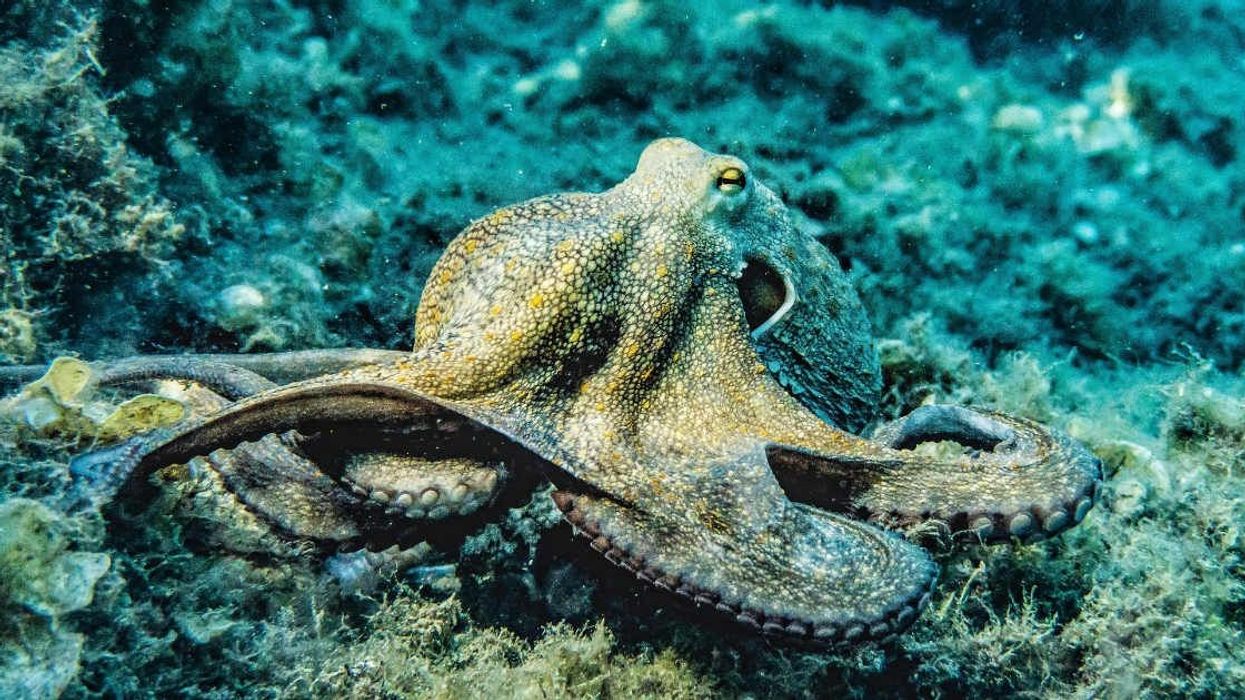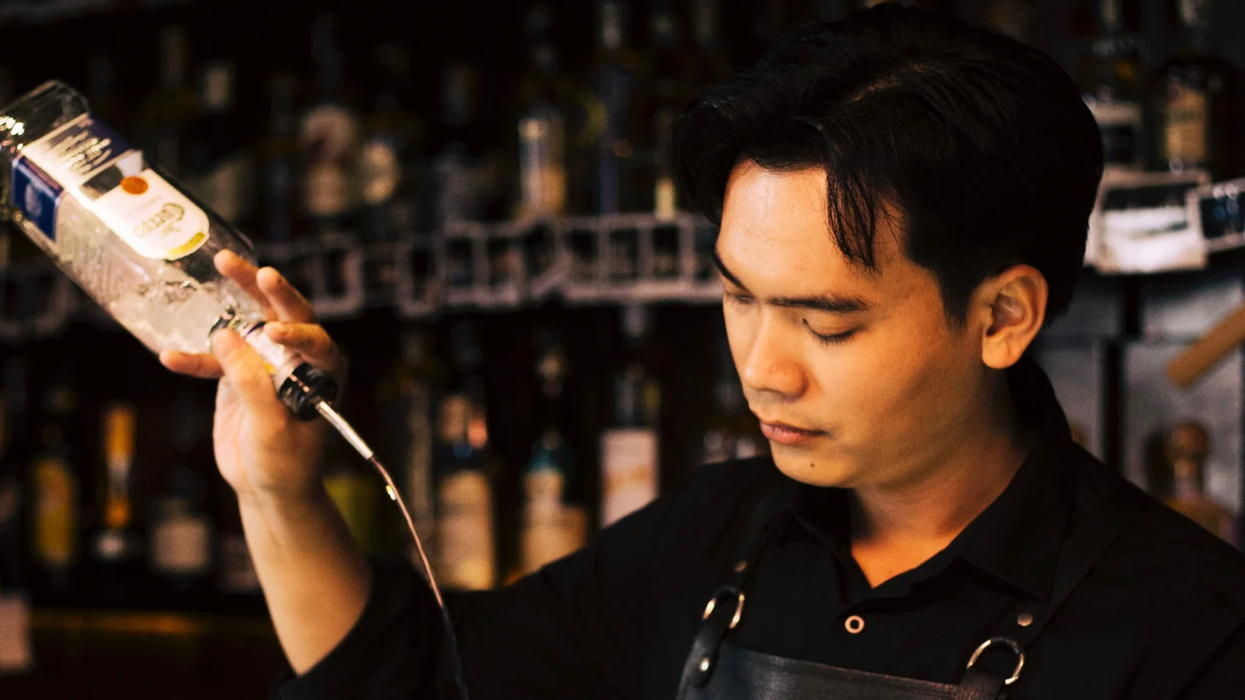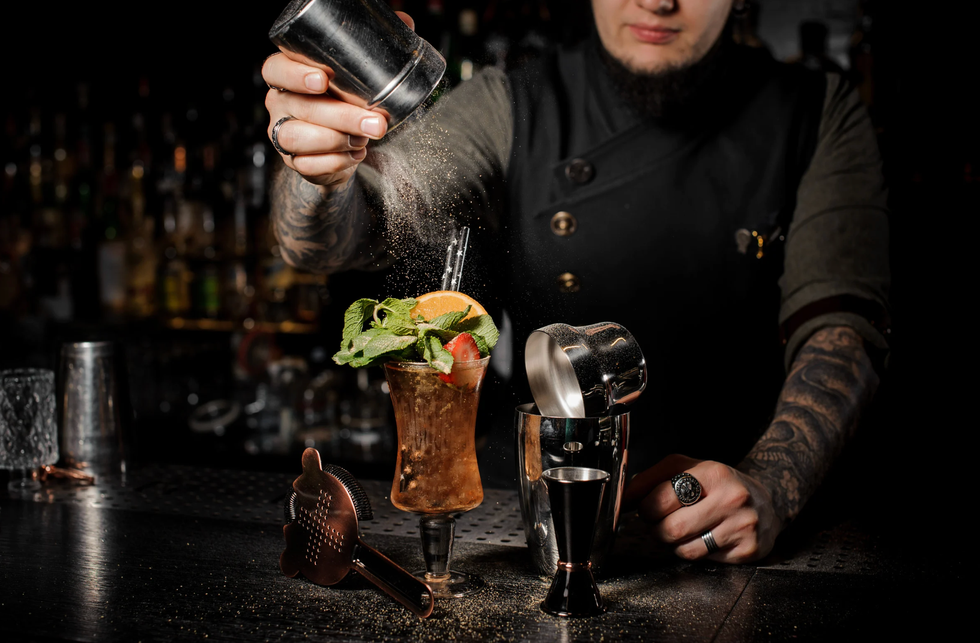Even with proposed soda taxes and campaigns to rid Americans of our soft drink addiction, in the United States, soft drinks far outpace any other beverages in our diet. The average four-person household drinks nearly 2,000 cans of soda annually.
That’s a lot of sugar consumption, but what most people don’t realize is that caffeine is actually the alluring ingredient that hooks us to this single largest source of calories in the American diet.
All of the top five soft drinks in the United States—Coke, Diet Coke, Pepsi, Mountain Dew, and Dr. Pepper—contain caffeine, and eight of the top ten do. Coke, Pepsi, and Dr. Pepper have relied on the drug as an essential ingredient since their earliest days, a century ago, when they were marketed as tonics for fatigue. And newer formulations, like Mountain Dew and Sunkist, also incorporate caffeine. But caffeine is surrounded by some major misconceptions.
For starters, some soft drinks pack more of a punch than you might expect. It’s easy to think of Red Bull as hyper-caffeinated, with its 80 milligrams per can, and Diet Coke as a lighter option. But Diet Coke actually contains 30 percent more caffeine than Coke, and a 20-ounce bottle, the top-shelf product in most convenience stores, delivers nearly the same caffeine dose as a Red Bull—76 milligrams. Mountain Dew, the most caffeinated of the top-selling soft drinks, delivers a stronger punch still, with 91 milligrams per 20-ounce bottle. Put another way, that bottle of Mountain Dew you’re drinking has more caffeine than a can of Red Bull.
Of course, many soft drinks do contain low levels of caffeine, just 34 milligrams per 12-ounce can of Coke, for example. That’s about as much as you’ll find in a weak cup of black tea, or a mere two ounces of Starbucks coffee. But even this smaller amount of caffeine is a psychoactive dose for an adult—it gives us a bit more energy and buoys our mood.
Because caffeine’s effects are weight-dependent, the same dose of caffeine has greater effect in smaller people. A 90-pound child will get a bigger boost from a 12-ounce can of Diet Coke than a 180-pound adult would from a Red Bull, or a single shot of espresso. Many adults would opt not to drink a Red Bull or an espresso with dinner, because it might interfere with their sleep, but have no qualms about letting a child drink a Diet Coke in the evening.
Although most adults don’t notice a big boost from the small dose of caffeine in a Coke or Pepsi, as we would from a strong cup of coffee, it functions as what psychologists call a “reinforcer.” When we drink a Coke, say, our brains notice the caffeine, perhaps subconsciously, and make us more likely to reach for that product next time, as opposed to a drink without caffeine. The caffeine reinforces the pattern of soft drink consumption. We love soft drinks for the same reason we love coffee: it perks us up. In other words, we’re addicted to soft drinks not because they remind us of gummi bears, but rather because they contain an actual drug that makes us feel good.
One way to test caffeine’s role here is to consider the most popular soft drinks in the United States. Flavor is not the common denominator—some taste like cola, and some taste like citrus. We love them both. Nor is sugar the key ingredient: the second-best selling soft drink in the country, Diet Coke, has none. Aside from carbonated water, caffeine is the only common denominator in the best-selling soft drinks.
And this psychoactive element is not a natural constituent of sodas. Unlike, say, the nicotine in tobacco, the flavorings in modern sodas do not naturally contain significant amounts of caffeine. Instead, bottlers actually blend powdered caffeine, the pure form of the drug, into the beverages. A century ago, powdered caffeine was typically extracted from tea leaves. Now, the single largest source of caffeine is under-regulated pharmaceutical plants in China. So the soda you’re sipping, or offering to your child, is not only a hefty load of sugar, and thereby readily absorbed calories, but it also likely contains a significant jolt of synthetic Chinese caffeine, shipped by the container-load to American soft drink bottling plants.
All of this powdered caffeine stokes an enormous business. Americans spend more than $75 billion on soft drinks every year. Coca-Cola claims that if you put all the Coke ever produced into 8-ounce bottles and stacked them up, they would not only reach to the moon and back, they would do so more than 2,000 times. And every single bottle in this lunar-lapping line would contain the bottler’s secret weapon: caffeine.
It’s a strange state of affairs—the key ingredient of soft drinks is the one that most Americans overlook. Even if the drinks were beneficial to your health, or simply benign, it would be worth understanding the ingredients that drive this massive industry. But with concerns growing about the association between sugary soft drinks and obesity and Type 2 diabetes, it’s imperative that we better understand our cravings. And, to start with, that means getting to know caffeine.
Murray Carpenter is the author of Caffeinated: How our Daily Habit Helps, Hurts and Hooks Us.

















 Screenshots of the man talking to the camera and with his momTikTok |
Screenshots of the man talking to the camera and with his momTikTok |  Screenshots of the bakery Image Source: TikTok |
Screenshots of the bakery Image Source: TikTok | 
 A woman hands out food to a homeless personCanva
A woman hands out food to a homeless personCanva A female artist in her studioCanva
A female artist in her studioCanva A woman smiling in front of her computerCanva
A woman smiling in front of her computerCanva  A woman holds a cup of coffee while looking outside her windowCanva
A woman holds a cup of coffee while looking outside her windowCanva  A woman flexes her bicepCanva
A woman flexes her bicepCanva  A woman cooking in her kitchenCanva
A woman cooking in her kitchenCanva  Two women console each otherCanva
Two women console each otherCanva  Two women talking to each otherCanva
Two women talking to each otherCanva  Two people having a lively conversationCanva
Two people having a lively conversationCanva  Two women embrace in a hugCanva
Two women embrace in a hugCanva 
 A reddit commentReddit |
A reddit commentReddit |  A Reddit commentReddit |
A Reddit commentReddit |  A Reddit commentReddit |
A Reddit commentReddit |  Stressed-out employee stares at their computerCanva
Stressed-out employee stares at their computerCanva
 Who knows what adventures the bottle had before being discovered.
Who knows what adventures the bottle had before being discovered. 
 Gif of young girl looking at someone suspiciously via
Gif of young girl looking at someone suspiciously via 

 A bartender makes a drinkCanva
A bartender makes a drinkCanva